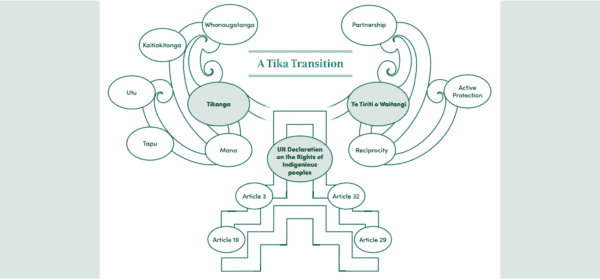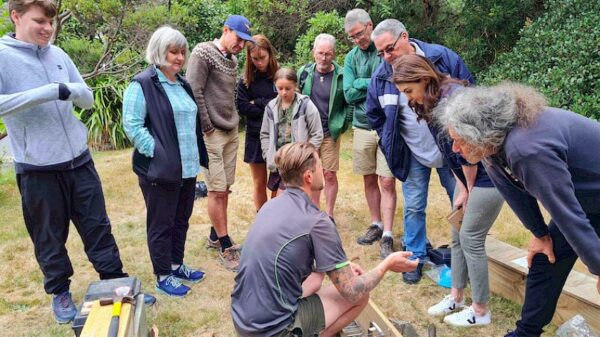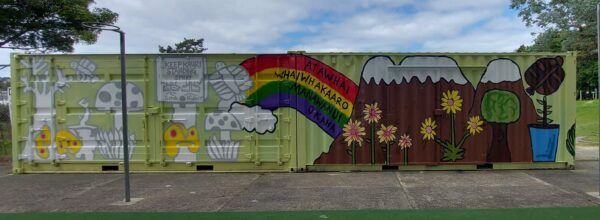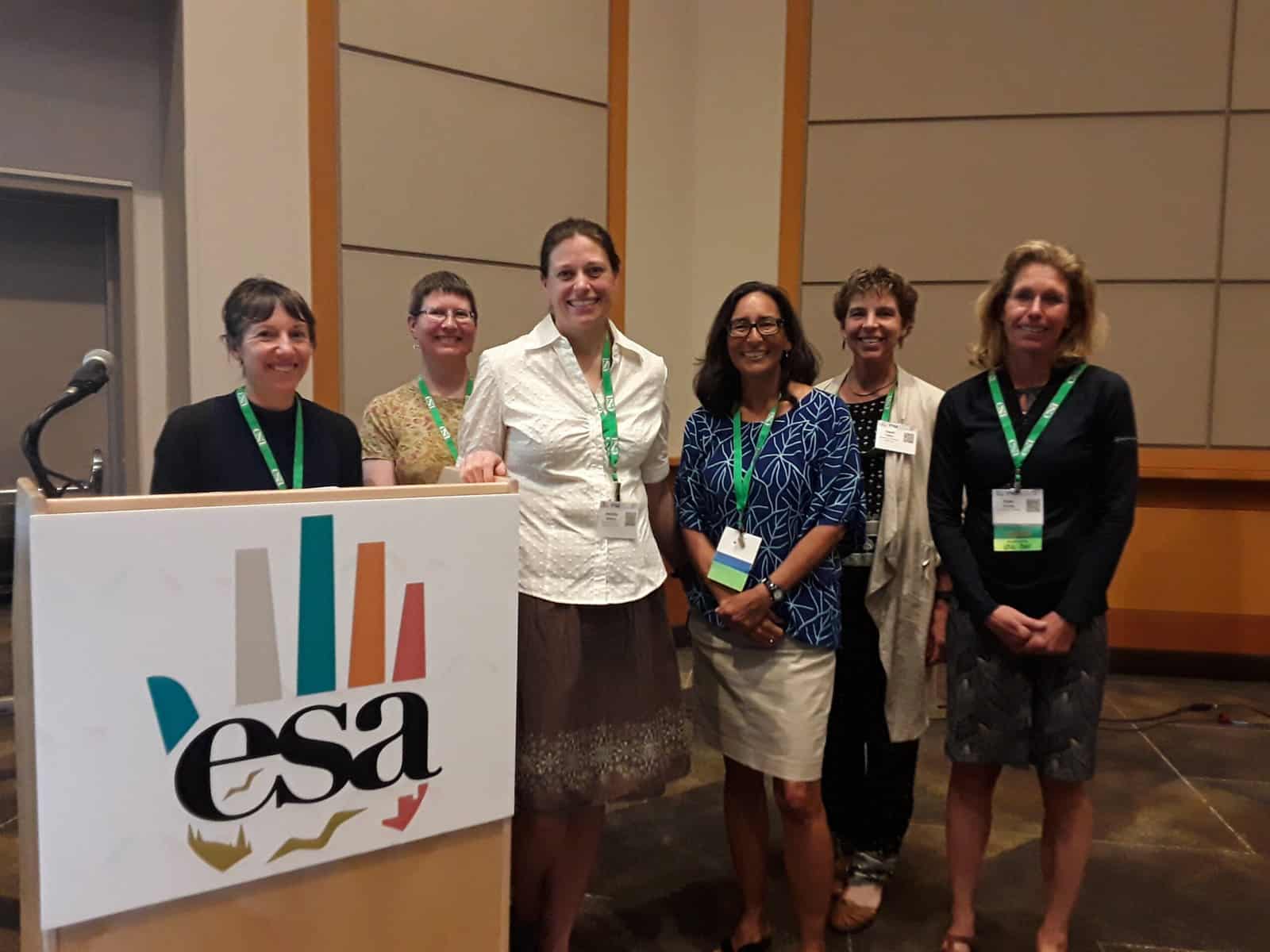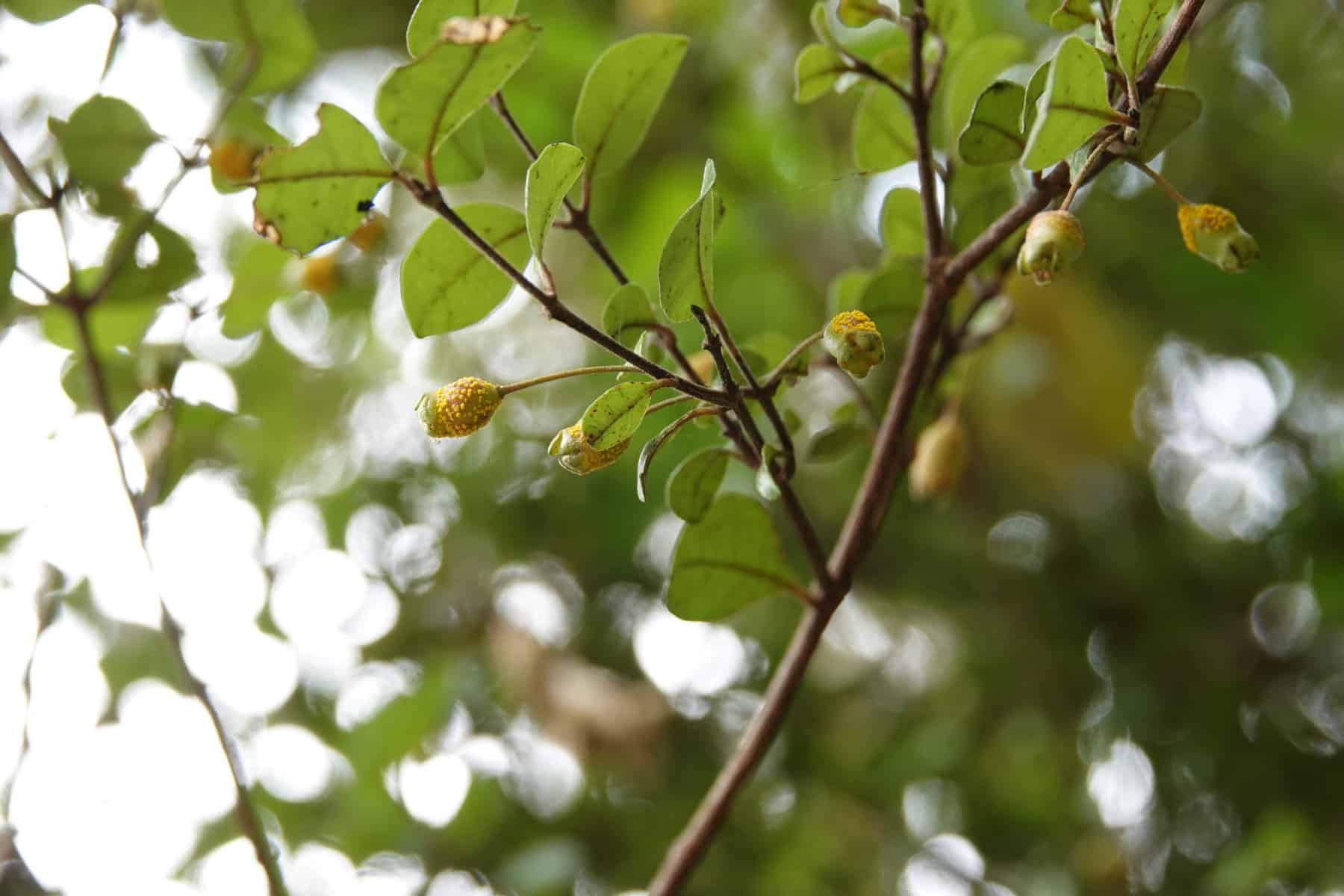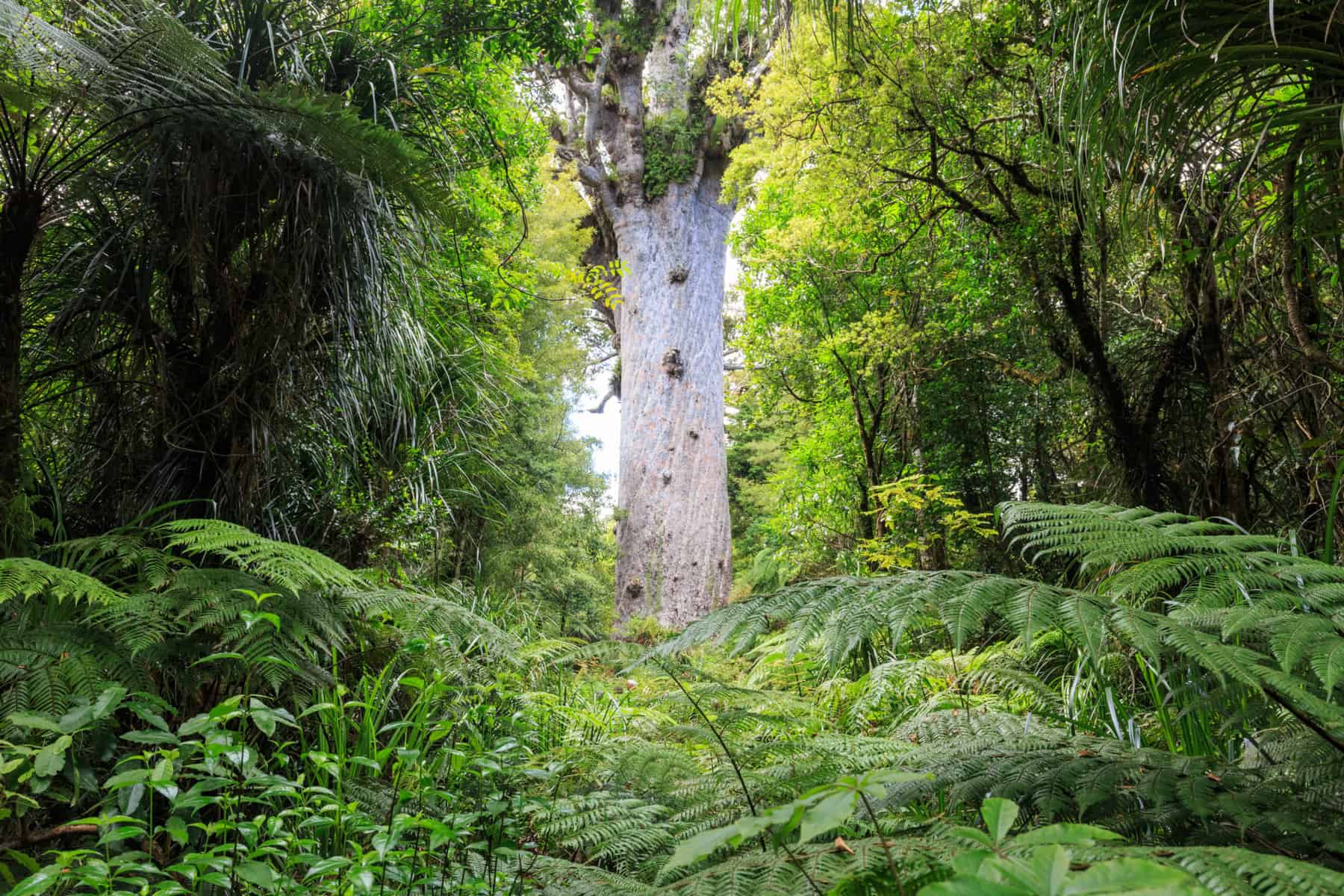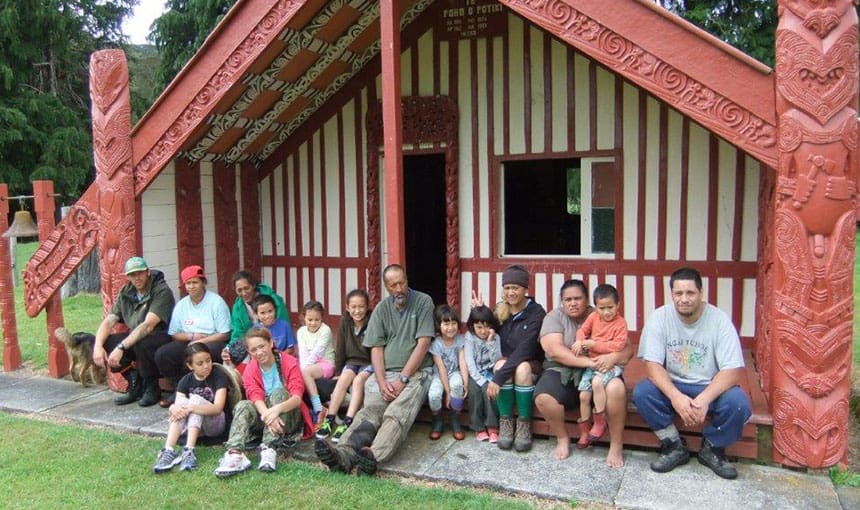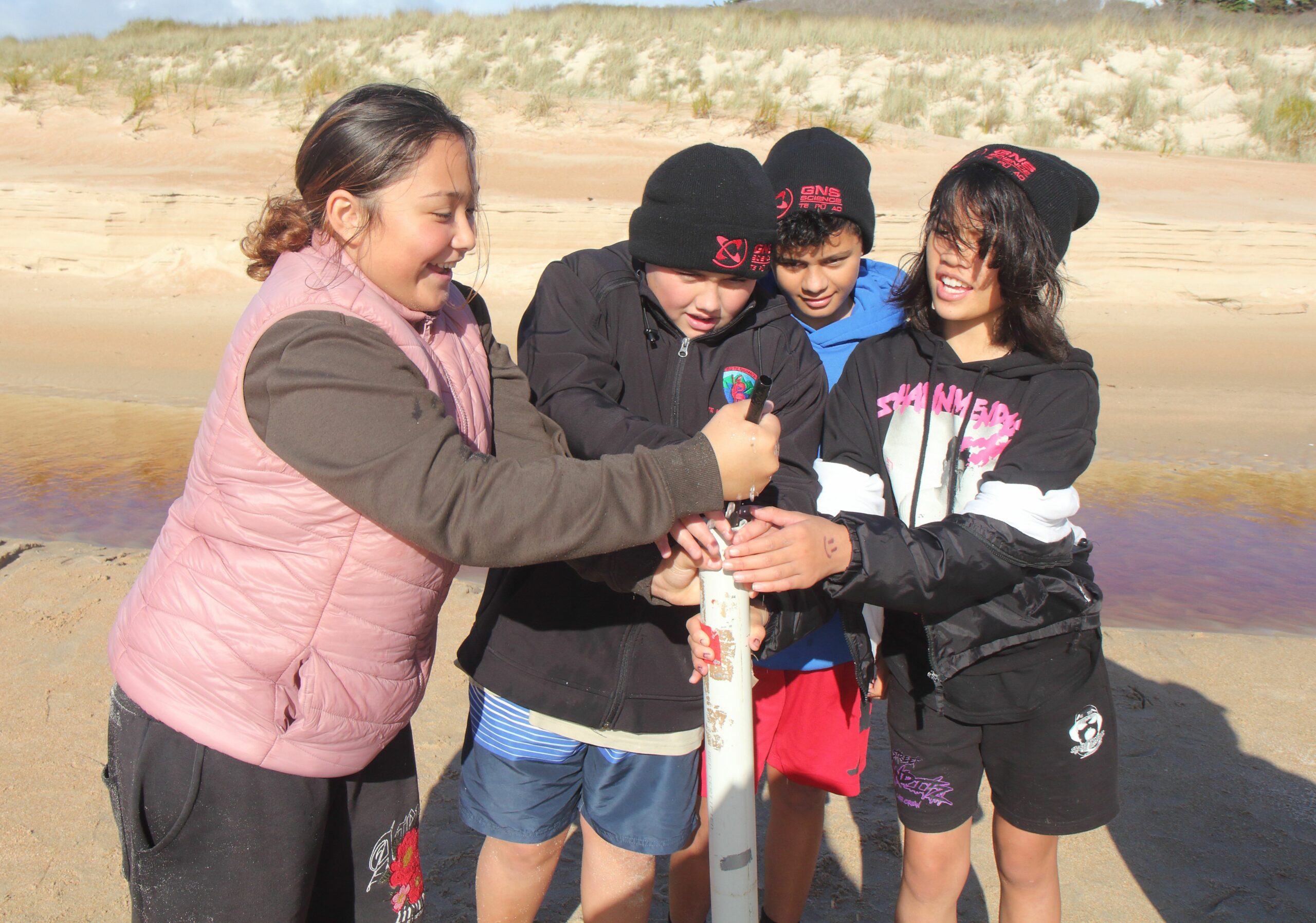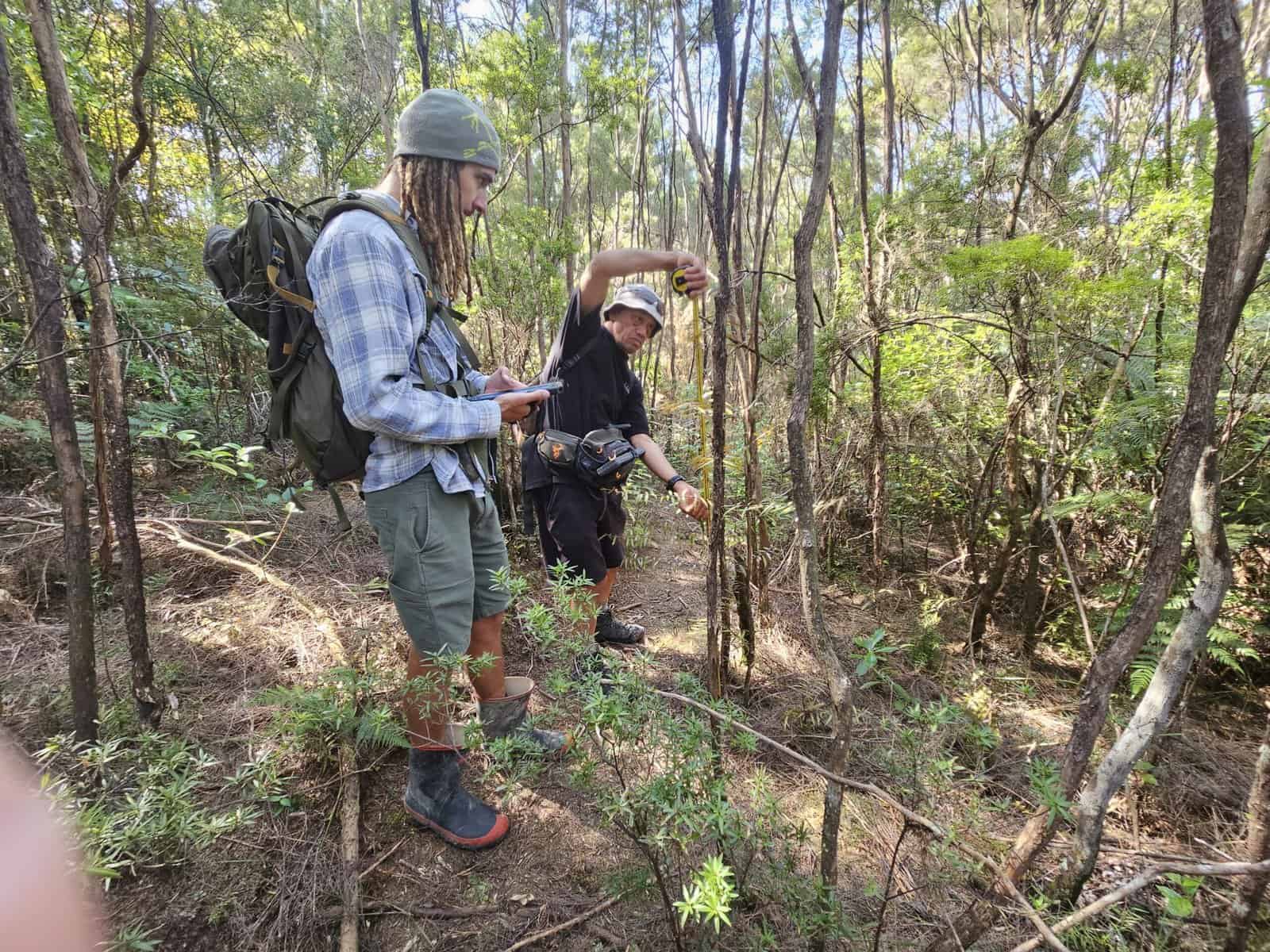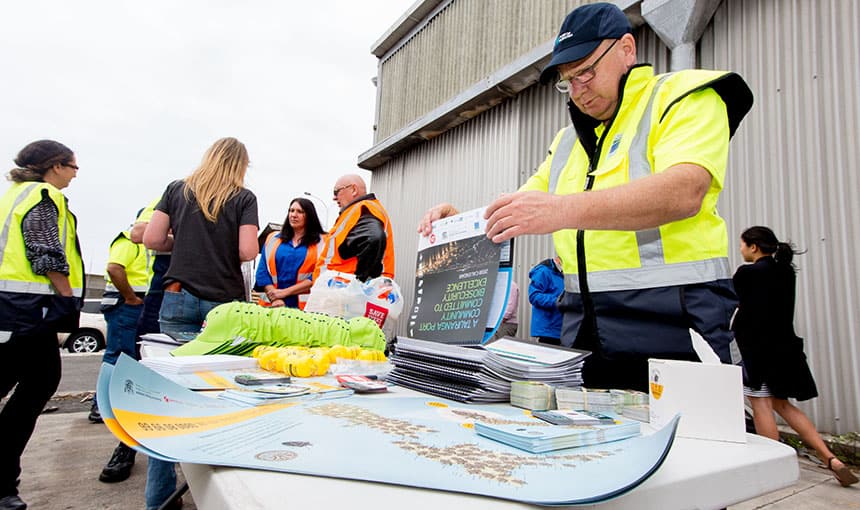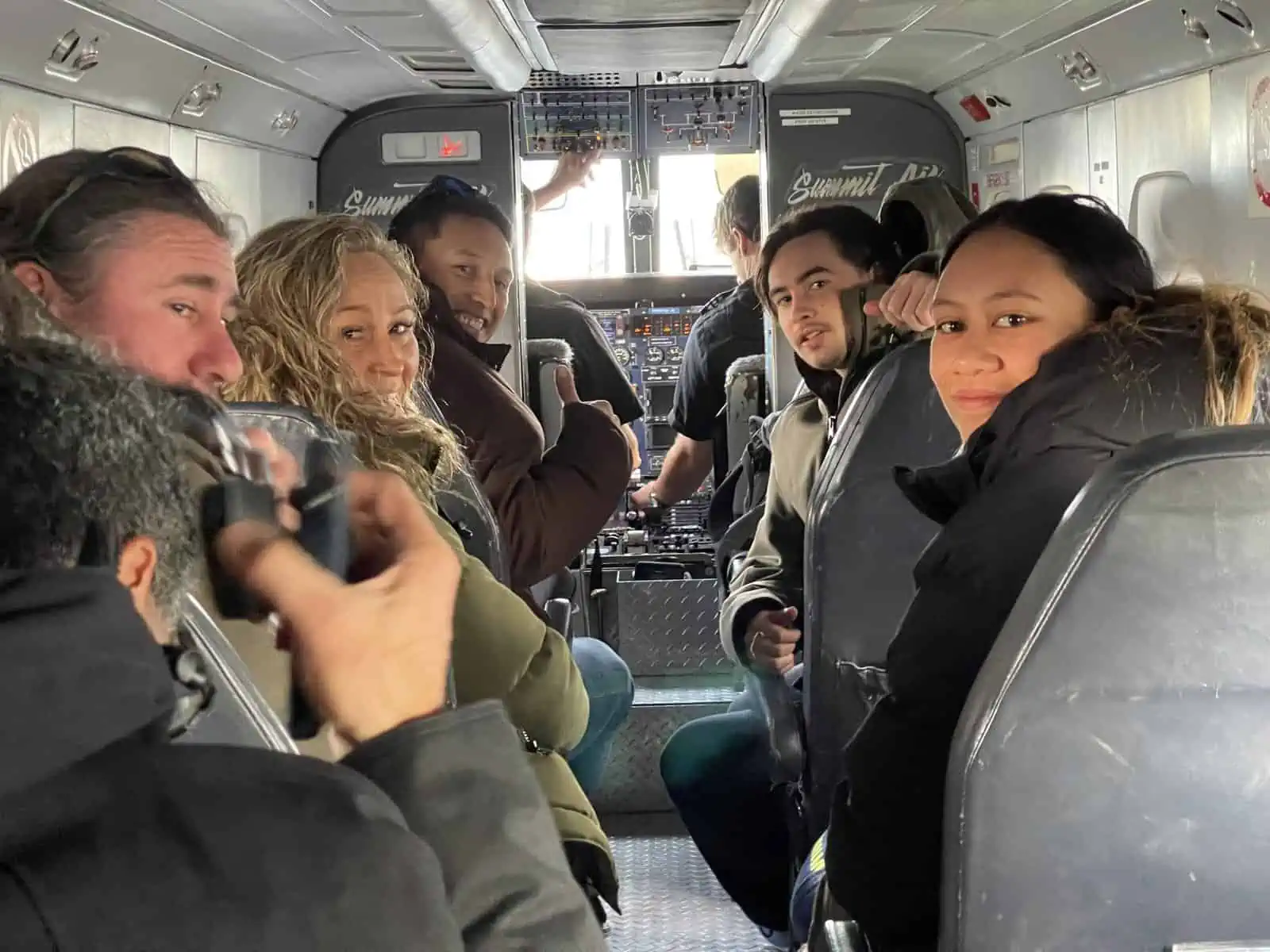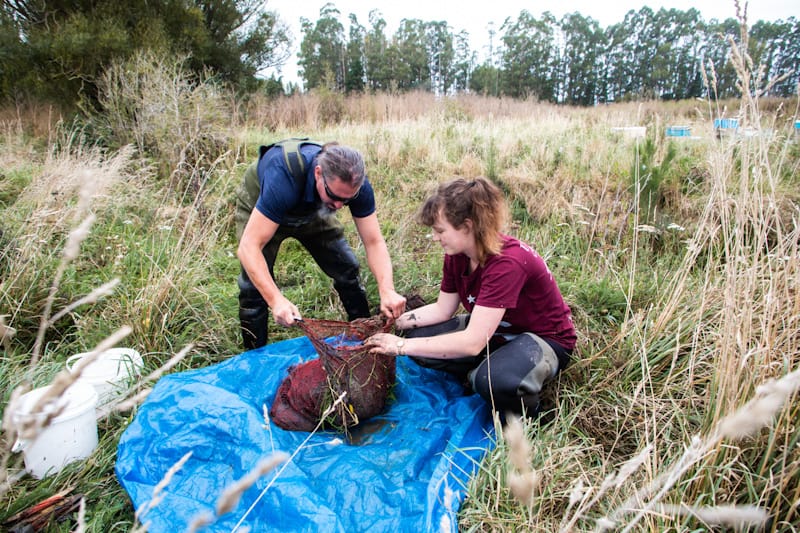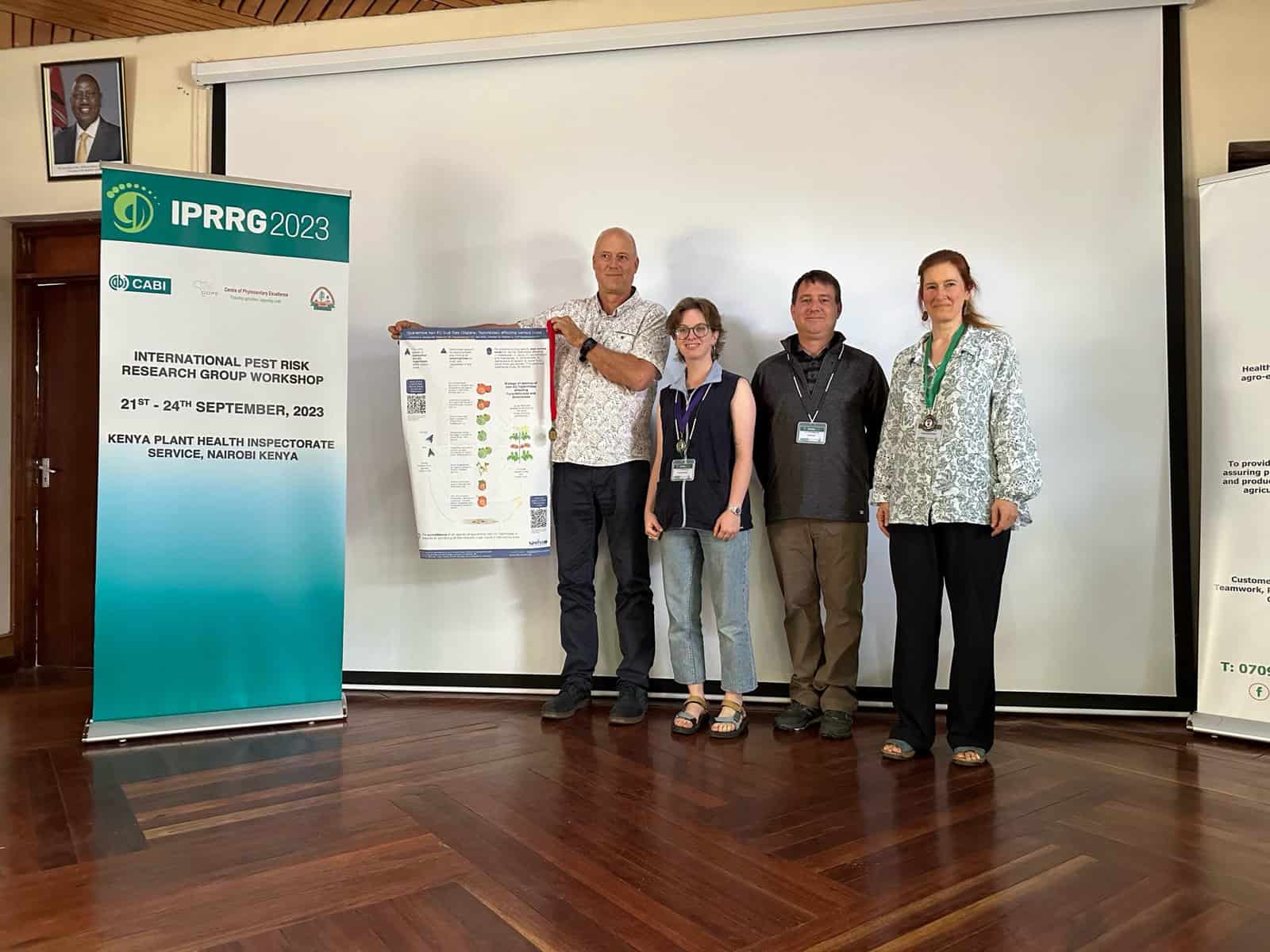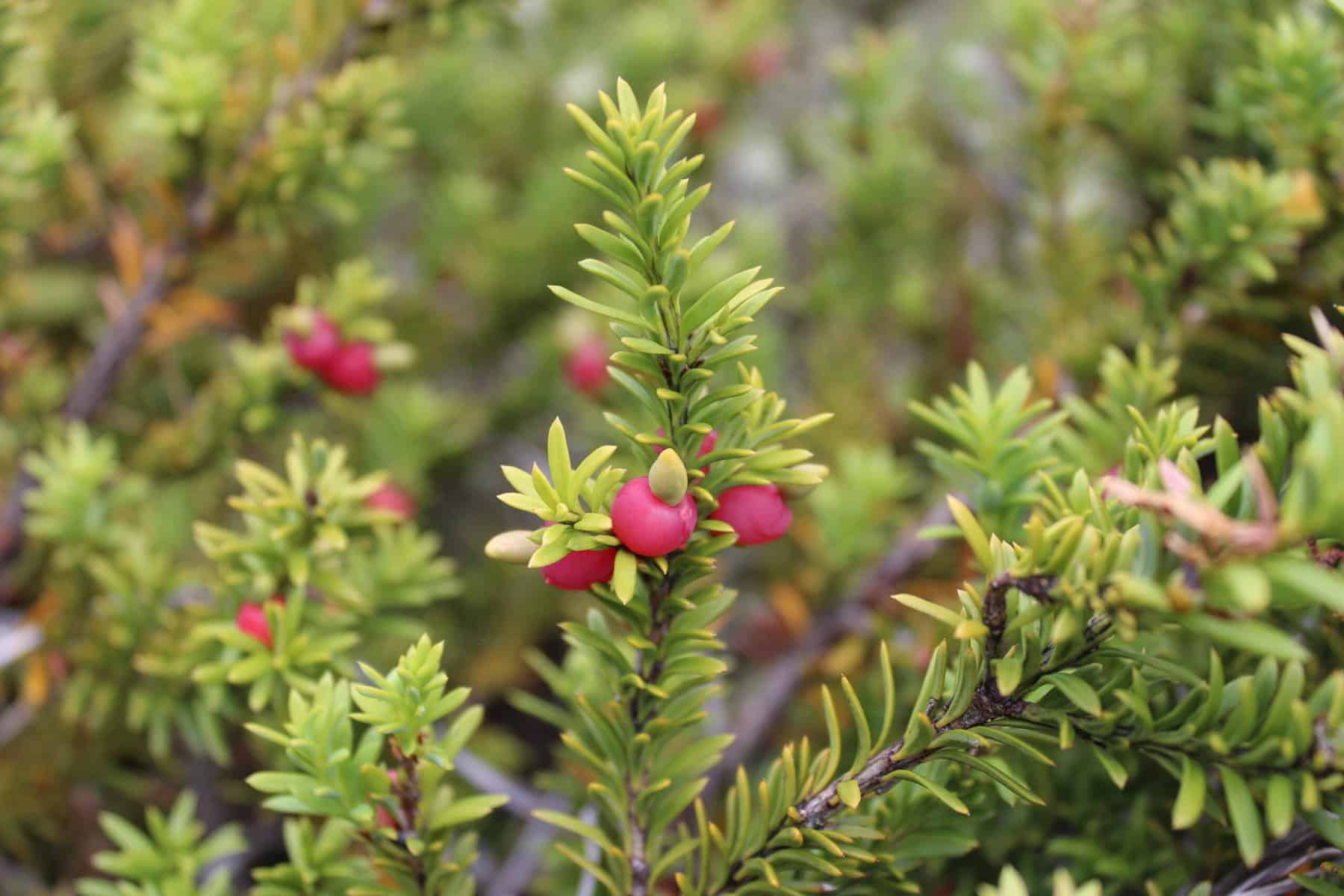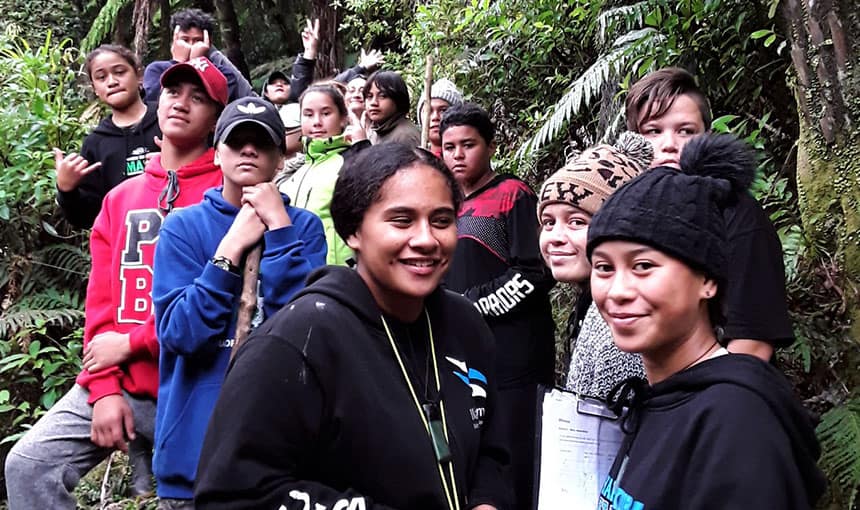Bringing the ‘Trickster’ wasp into the Discourse on Biotechnological Controls of “Pest Wasps”
Last year the New Zealand Government’s announcement of a “Predator Free NZ 2050” was accompanied by a target for a significant scientific breakthrough capable of…
A representation of a Tuawhenua worldview guides environmental conservation
Cultural expressions related to the kererū demonstrated the cultural significance of the bird to Tuawhenua that went well beyond the ecological and intrinsic value of the species. The Tuawhenua worldview…
The roles of non-production vegetation in agroecosystems: A research framework for filling process knowledge gaps in a social-ecological context
To fill key research gaps that will inform the use of non-production vegetation to enhance agroecosystem processes, we present a framework for future research that…
Coming together to amplify ecosystem regeneration
More and more people are joining together as collectives to increase the scope and impact of their regeneration projects. When iwi, hapū, local environmental groups,…
Changing Governance Systems: Biodiversity Instruments
Melanie Mark Shadbolt, Kaihautū Ngātahi for the Bioheritage National Science Challenge discusses the importance of changing governance and funding systems at the launch in Wellington.
Public willingness to engage in backyard conservation in New Zealand: Exploring motivations and barriers for participation
Citizen science and participatory conservation offer benefits to urban wildlife and help foster human–nature relationships in cities. To optimize conservation and social outcomes it is…
Neoliberal Knowledge Production in Aotearoa New Zealand: Confronting Kauri Dieback and Myrtle Rust
The detection of kauri dieback and myrtle rust pathogens in Aotearoa|New Zealand prompted the government to fund research and engagement into what has been constructed…
Disease Narratives and Artistic Alternatives
The dominant colonial scientific narrative of managing disease is one of risk, response, and control. This narrative, while shifting, continues to frame the priorities and…
Te Mauri o te Kauri me te Ngahere: Indigenous Knowledge, te Taiao (the Environment) and Wellbeing.
Ko te kauri he rākau rongonui, he rākau rangatira puta noa i Te Tai Tokerau. The kauri (Agatha australis) is a chiefly tree that represents…
Tuākana/Teina Water Warriors Project: A collaborative learning model integrating mātauranga Māori and science
The Water Warriors is a collaborative project between Te Pā o Rākaihautū and Hagley Community College that was established to look after the waterways and…
Steps towards authentic Te Tiriti o Waitangi relationships at a local government level
The Review into the Future for Local Government (The Review) is an independent review exploring new approaches to local governance where communities can “prosper and…
Evaluating Behaviour Change Interventions: A Practical Guide
Scientists are very good at developing technologies and recommended best practices for managing sustainable land management problems. But these proposed solutions will fail unless the…

